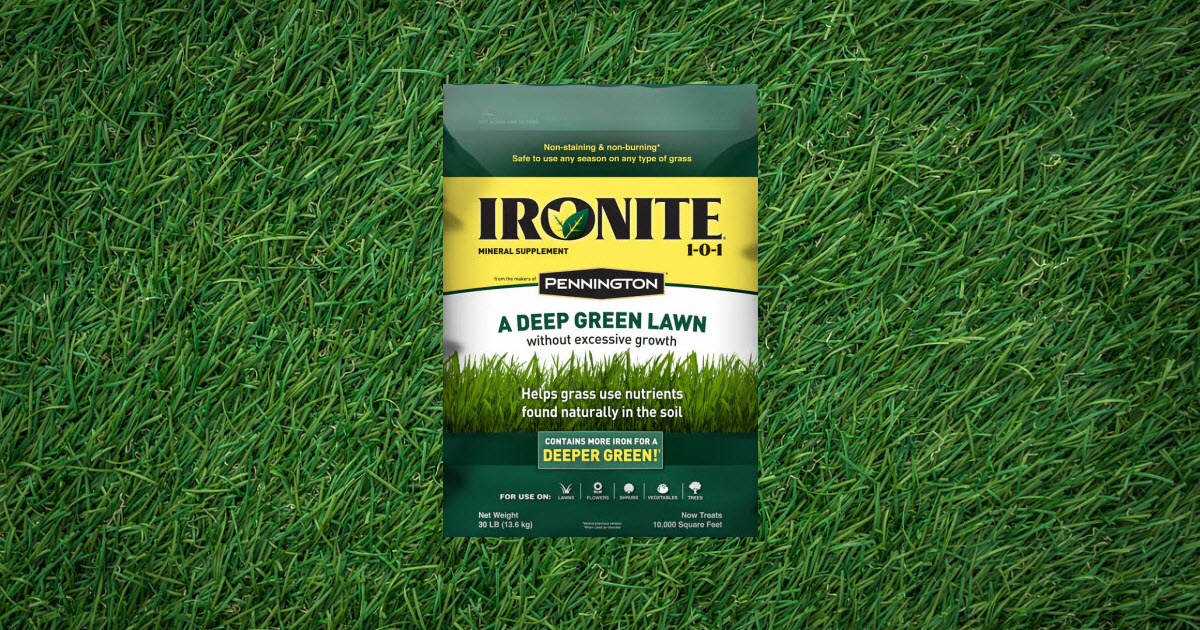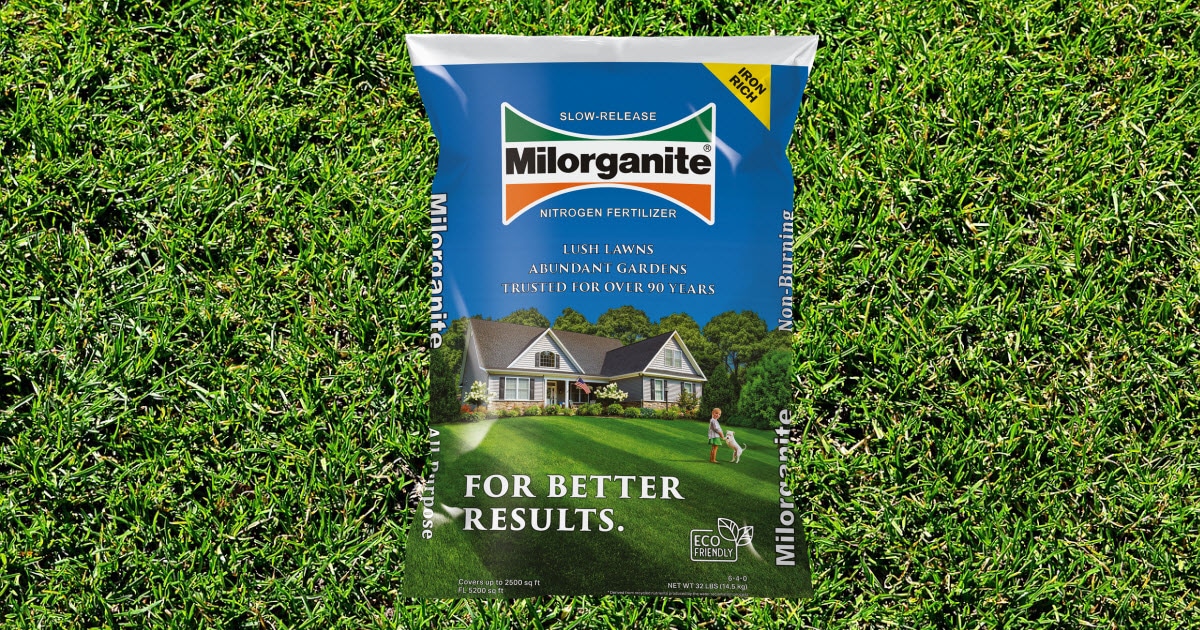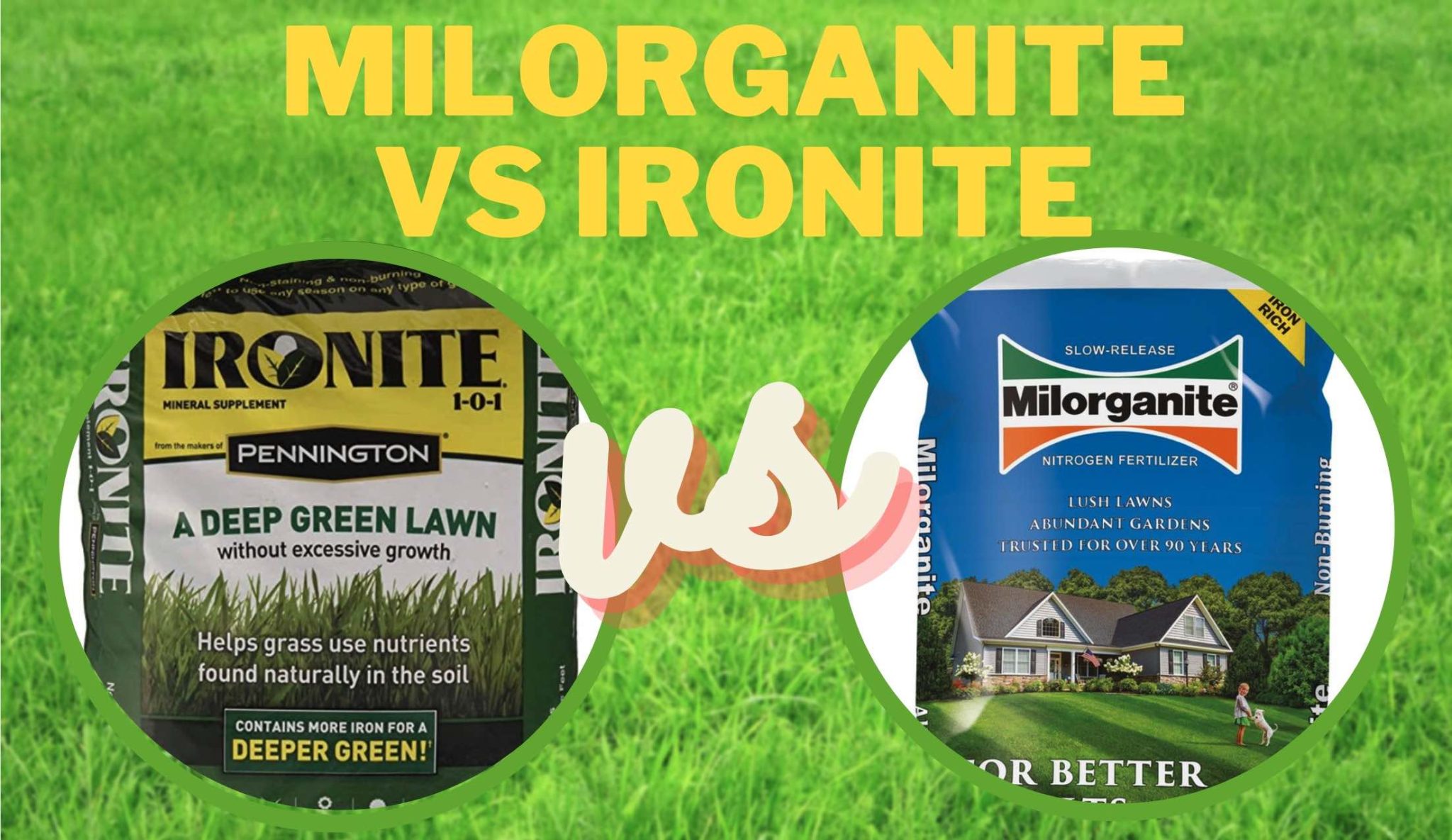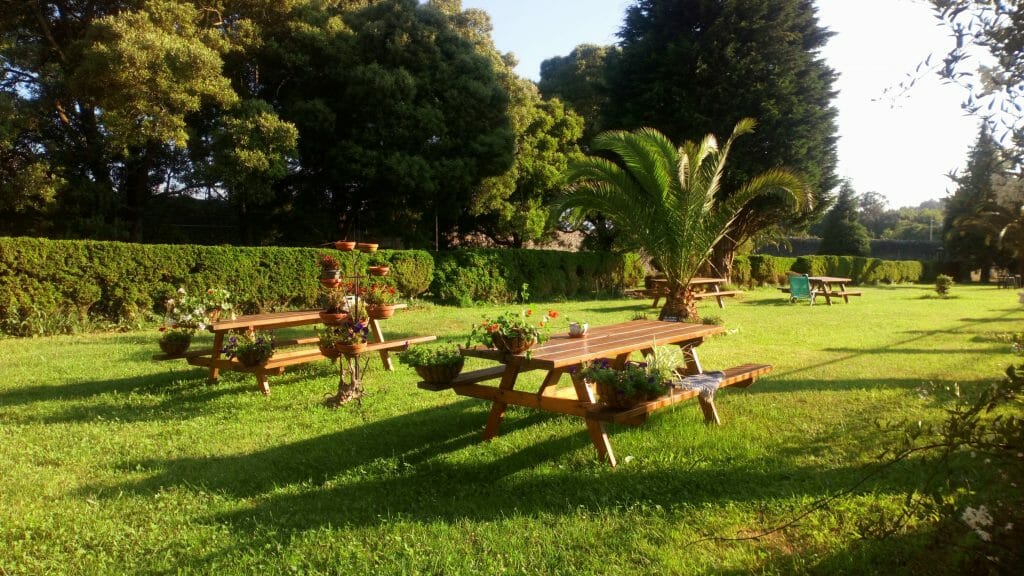Understanding the best ways to maintain a healthy, vibrant lawn is crucial for any homeowner. In the debate of Milorganite vs Ironite, it’s important to know which product suits your lawn’s needs.
This article delves into the key differences and benefits of Ironite and Milorganite, helping you make an informed decision for your lawn care.
Everyone cherishes a lush, green lawn. Whether you’re enjoying sunny afternoons or relaxing evenings, a well-maintained lawn enhances these moments. However, issues like fading greenness can detract from your lawn’s appeal. The solution? Understand the Milorganite vs Ironite debate and choose the right product for your lawn.
Not most of the time, but sometimes, when soil loses minerals and nutrients, it becomes necessary to provide some extra supplements for the plants’ proper growth and upbringing.
Low iron-containing soil generally gives rise to faded lawns. Yellowness in the leaves of herbs and plants is a sign of a deficiency of iron in them.
Despite being both natural, both work differently to make the lawn healthier and hence, people talk differently about them, which makes people confused when deciding which one to go for and which will be better for their lawn.
What is Ironite?

If your lawn or garden is running low on greenish pigment from the plants and herbs, it may be because of the soil and its properties.
Lack of iron in the soil can lead to a brownish or yellow garden where plants cannot consume enough iron from the soil.
Their leaves cannot become greener, and hence, a substance rich in iron is to be mixed with the soil so that soil can retrain the nutrients necessary for the plants.
Ironite is a supplement that will provide a boost to your plants to go greener. The first thing to be noted is that ironite is not a fertilizer but a supplement to fertilizer or even separately. Ironite is not an organic compound but is made up of microcomponents.
If you want quick action with your lawn and want to make it thicker and greener, Ironite will help you. As known by the name, Ironite is highly composed of iron, which is about 20%. High iron gives a quick result in about 5 to 6 days, and the difference will be visible. Ironite is readily available all over the market.
Although being 100% synthetic, it helps plants synthesize proteins for faster processing of photosynthesis, leading to faster chlorophyll production. Potassium, manganese, and nitrogen are also added to provide a faster boost for the plant’s growth it. Ironite sometimes consists of lead and arsenic, which are called harmful substances, and hence, it becomes essential to interrogate for concerns.
It is necessary to take preventive measures before applying it in the garden as it is an inorganic substance. Preventive measures mainly include protection of your body and nose from coming in contact with it. It is recommended to cover all the body parts by wearing full-sleeved clothes and long pants with gloves and shoes on hands and feet.
How Do They Work?
This product is primarily used to address iron deficiencies in the soil, leading to quick greening of lawns. It’s a fast-acting supplement that provides a rapid boost to lawns that appear yellow or pale due to iron deficiency.
Ironite works best on lawns that require immediate aesthetic improvement.
However, it’s important to use Ironite carefully, as its concentrated nature can have varying effects on different soil types, and excessive use may lead to soil damage in the long run.
What is Milorganite?

Sometimes your lawn losses its thickness and looks like bald ground with significantly less greenery left. The lawn remains no longer a lawn and turns into barren land.
The reason could be lost soil quality and low strength of the grassroots to hold the soil. It is not the time to feel panic but switch to Milorganite as a fertilizer for your lawn.
Milorganite is a natural organic fertilizer. Its best part is it releases its components gradually in the soil. Unlike Ironite, milorganite does not give results instantly, but it will strengthen the grasses’ roots in your lawn over time with the gradual release.
Milorganite is low in salt and does not harm the plants even when applied in excess, whereas high salt-containing supplements could burn the grassroots if applied more than enough.
Milorganite can be used more frequently as it does not harm the soil and is recommended to use up to 4 times a year, and one bag will be enough for 2500 square feet. Milorganite releases a terrible odor when used but will go away soon itself when absorbed in the soil.
Milorganite is said to be 85% organic and 15% synthetic. It is rich in nitrogen which helps plants to take a sufficient amount of nitrogen. Milorganite also contains about 4% iron, some dried heated microbes, and other micronutrients for grass’s overall growth. Milorganite allows the soil to retain a slow release of nitrogen.
Milorganite is a branded fertilizer and is not readily available. Regardless of the amount, milorganite will never burn in any circumstances or whatever amount. Watering just after applying milorganite leads to better results.
How Do They Work?
This natural organic fertilizer works by slowly releasing nutrients into the soil. Its high nitrogen content promotes lush, green growth in lawns. It is particularly effective in soils lacking in nitrogen.
Milorganite’s gradual nutrient release makes it suitable for a wide range of lawn types, including those with poor soil quality.
It improves the overall soil health over time, making it beneficial for long-term lawn care.
Milorganite Vs Ironite: What to Use on Your Lawn?

Even after having all the necessary knowledge about both ironic and morganite, it becomes tough to choose the right product for your lawn from these two.
Picking up any one of these and spreading it in the lawn is not a good idea because providing grass something extra they already have in abundance and keeping them deprived of the nutrients they lack will be a lost deal.
To choose the best product, we recommend you do a soil test first and choose your product accordingly. A simple soil test will tell you a lot about your soil quality and will provide you a better picture of the nutrients it lacks or enriches with.
A deficiency of minerals and nutrients will suggest what to use and in which amount, according to the test report.
For other lawn specifications, one should know his priorities, what he needs in his garden, and at what cost to pick the best one from ironite and milorganite.
1. For Soil Quality Improvement
Undoubtedly, Milorganite will improve your soil quality as it is entirely natural and 85% organic. Unlike ironing, being completely free from some harsh chemicals, milorganite causes 0 damage to your soil.
In contrast, you can witness some heavy metals in ironite like lead and arsenic, affecting the soil’s quality. Ironite contains urea nitrogen and muriate of potash too, which could burn when incorrectly used.
2. Result Time
If you want a fast quick solution for your lawn’s dryness, Ironite will help you in this. Where milorganite takes 3 to 4 weeks to thoroughly mixing in the soil and showing its magic, you will be seeing the results in just 3 to 4 days after applying ironite to your lawn.
Its high iron formula rapidly turns the yellow leaves into dark greenish fresh leaves.
3. More Organic and Nature Friendly
Milorganite is a pure organic fertilizer with only 15% of the synthetic composition and is a perfect eco-friendly fertilizer.
In contrast, ironite, consisting of heavy metals, can cause damage to the soil and is mainly prevented from being added without an expert’s consent.
If you are an organic farming-loving person, forget about the ironing unless your soil reports show too much iron deficiency in the soil.
Milorganite is composed of microbes that contain recycled nutrients of wastewater, and hence, its formula has proven to be more eco-friendly.
4. More Greener Plants
Both products will provide all the necessary green pigments to your plants, and one will give a quick response without taking care of the plant’s soil and health.
In contrast, the other will improve the soil quality to a great extent and help plants gradually by providing them with all the necessary minerals through the soil over 3-4 weeks and help the roots of the plants hold the soil more tightly for their better production.
5. Better Fertilizer
When we talk about better fertilizer, we would like to clarify that ironing is just an additive when using fertilizer. On the other hand, milorganite is itself a fertilizer.
Milorganites can perform all that you expect fertilizer to do, like improving soil quality, manure fulfillment, healthy growth of plants, and much more; on the other hand, ironing works more on plants rather than the soil.
It will help get the plants that dark green pigment and their thick plantation but could cause some damage to the soil if applied more than enough.
6. Safety
As milorganite is organic, there is no harm in touching or being in contact with it. On the other hand, being completely synthetic could be harmful to come in direct contact with ironing. Hence, taking all the necessary precautions while applying ironite to the lawns is recommended.
Not just while applying, but even after mixing it in soil, it would be better to go to the lawn with proper footwears, which cover your skin correctly for 1 to 2 weeks as its arsenic and lead-like components remaining in the leaves of grasses could affect your skin.
7. Cost-Friendly
Cost is important when you have a common problem for different solutions. Shopping from different places could be a better idea as different places have different price ranges or the same product. Hence, we cannot provide you with the exact price, but I could give you an idea for comparison.
Milorganite is much cheaper than the ironite. A 3-pound bag of ironite will cost you around a lump sum of $5, whereas a bag of 32 pounds of milorganite costs around $15.
You could save your money by buying a giant-size bag or buying the product in bulk.
8. Stainless
If your lawn has concrete and pathways just beside it, it’s apparent that you will be looking for a stainless one. Synthetic fertilizers are not usually liked much because of their staining property whenever falls in concrete or anything except soil.
Milorganite, being organic, does not contain salts like ironite and does not cause any damage to the beauty of roadways.
Conclusion
You can find plenty of fertilizers for your lawn in the market today, but Milorganite and ironite have their different place above all the other products. Milorganite and Ironite both can provide your lawn a wonderful touch full of lush.
Even after knowing everything about your lawn, you will not be able to choose between ironite vs. milorganite for your garden ideally.
So, we have tried to cover all the differences and other important points about both, giving you a better picture of their advantages and disadvantages.
We hope you have gone through all the features and uses of ironite vs. milorganite and can conclude the best one for you. Thanks for carefully reading the features and description of both.
And we hope you have liked our work. Do not hesitate to contact us for any further queries.

